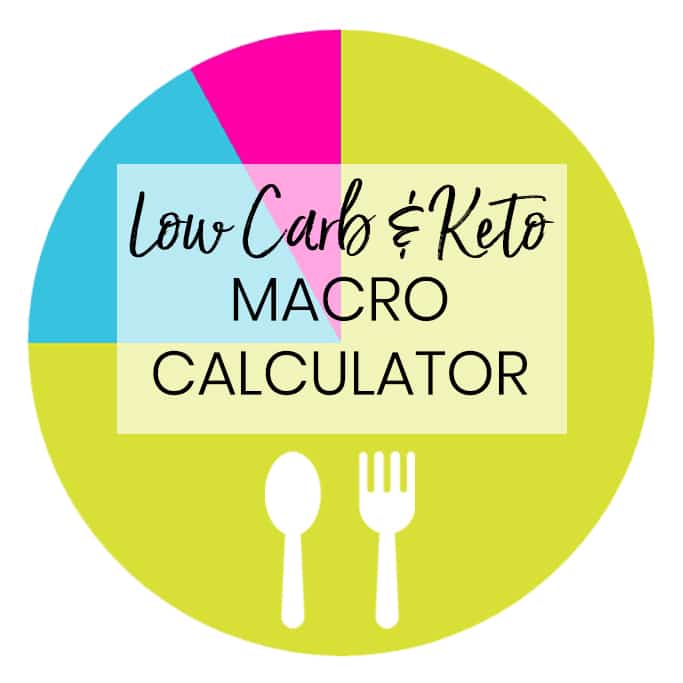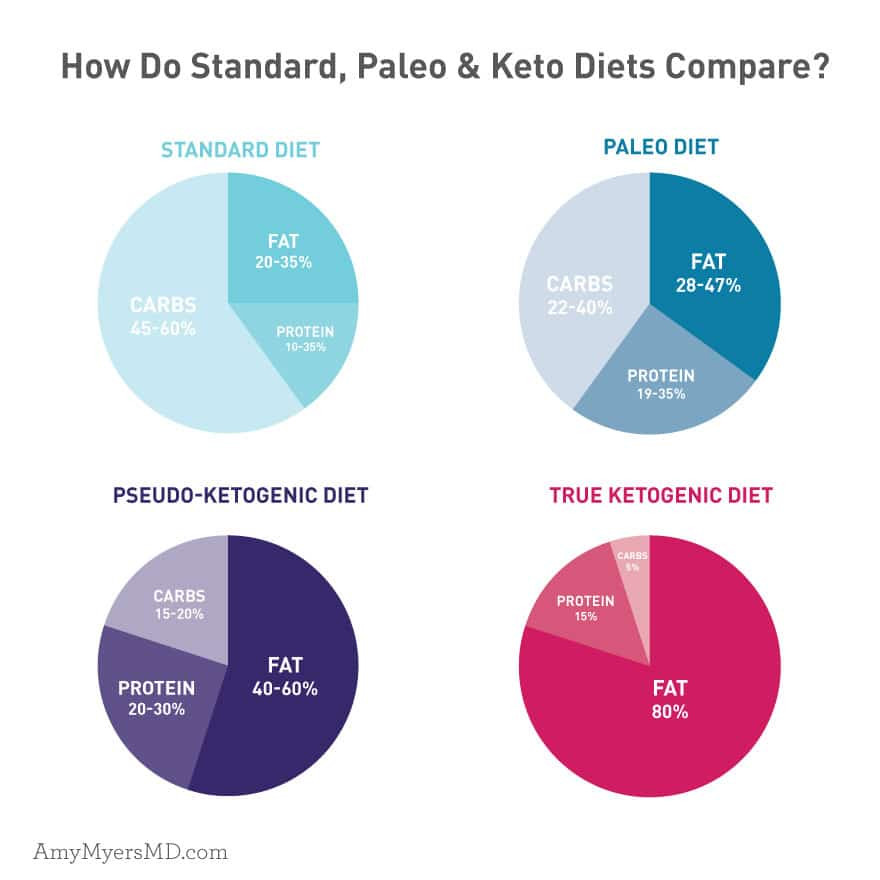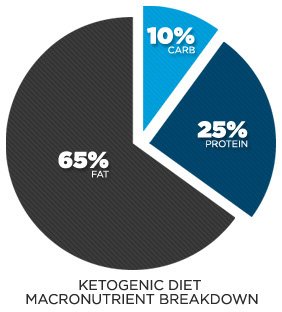
I recommend women don’t follow a keto diet for PCOS.įrom a practical perspective, a 20% start-point is also easy to adjust. Much lower than this, and you’ll risk getting into ketosis. Otherwise, 20% is the sweet spot for maximizing insulin sensitivity and PCOS weight loss. The only exception to this would be when you know that your post-prandial blood sugar peaks are still too high at this level. In my experience, a macro ratio of 20% is about as low-carb as you want to go. Especially if they don’t have insulin resistance or they’re concerned about losing too much weight. Carbohydrates are key to addressing these issues.įor lean women with PCOS, a 40% allocation to carbs may be more appropriate.
Macro percentages for low carb free#
The majority of women that take part in my free 30-Day PCOS Diet Challenge struggle with insulin resistance. When it comes to carbs, my 20% PCOS macro percentage is tailored for my audience.

But 20% protein is about right for most people. If you’re working out a lot, you may need a little more. Keep in mind that to get to 30% protein, you’d need to add another 50% to these amounts. This is all perfectly achievable, but it can feel like a lot. For vegetarians, you’d need to consume 22 oz (620 g) of tofu to get this much protein. That’s the equivalent of approximately 16 oz (450 g) of lean meat per day (weighed raw). support this level.įrom a practical perspective, getting as much as 20% of calories from protein is already a stretch for most women. With this research to guide me, I generally aim for the following ratios when creating macro-balanced recipes for my PCOS meal planner: This is how many of the most successful participants from my free 30-Day PCOS Diet Challenge achieve sustainable weight loss. By focusing on macros, rather than calories, women with PCOS can lose weight without going hungry. I regularly welcome women to my PCOS Facebook Group, who eat so few calories that they’re literally starving themselves.įor these women, in particular, learning to manage macros provides welcome relief. Encouraging ongoing caloric restriction in such a population is a recipe for disaster. Women with PCOS are also at elevated risk of developing eating disorders. In the majority of cases, people who diet to lose weight end up heavier than before they began. It’s been known for decades that caloric restriction diets don’t work over the long term. In my opinion, this is pretty terrible advice. It’s common for women with PCOS to be told to cut calories to lose weight. This makes understanding macros valuable whether you’re trying to lose weight or get pregnant with PCOS. They affect fat loss, muscle preservation, and hormone balance. The balance of macros in your diet is especially important for women with PCOS. 100% of your caloric intake comes from the sum of your macros. The key thing is that they add up to 100% (or 1 in the case of fractions). Macros are expressed as a percentage of total calories. The relative amount of each macronutrient in your diet is a valuable metric for improving health. Beans, by comparison, are mostly carbohydrates and protein. Meat, for example, is almost exclusively made up of protein and fat. Most foods contain a combination of macros. Fat, carbohydrates, protein, and alcohol. Four macronutrients make up the entirety of our caloric intake.
Macro percentages for low carb manual#
Therefore, net carbs must be consciously monitored either through manual calculation and/or utilization of the Healthi app in order to successfully maintain this allotted macro- nutrient percentage.Macro is short for macronutrients. The FDA requires that total carbohydrates are listed on food labels, but they don't require any other carbohydrate subcategories to appear. These components are subtracted due to the fact that they are not digested in the body. Net carbs however, is the total carbs in any given food item, minus its grams of fiber.

Total carbs are exactly what they sound like: the total amount of carbs consumed in one day. Carbohydrates in this diet are in the form of net carbs, as opposed to the more traditional measure of total carbs.

This means that on a standard 2,000 calorie diet, your carbohydrate intake could be as low as 25 to 50 grams a day (and even less for those who are trying to lose weight). The macronutrients on a typical ketogenic (keto) diet are divided into approximately 70% fat, 5% net carbohydrates and 25% protein, sharply opposing the typical 30% Fat, 50% Carbs, 20% Protein found in a regular diet.


 0 kommentar(er)
0 kommentar(er)
